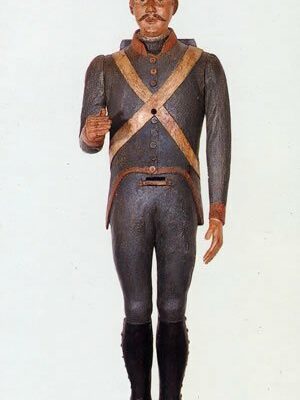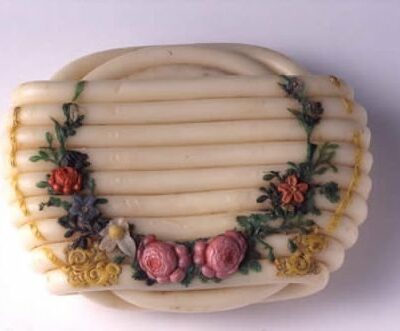Curatorial Department of Ethnology
The Curatorial Department of Ethnology collects, keeps, studies and presents to the public ethnological movable cultural heritage from the area of Dolenjska. In the beginning, the ethnological collection was focused primarily on artefacts from rural areas, but eventually, those from urban environment were included as well. While most of the material originates in the 19th and 20th centuries, there are also some older artefacts.
Since the beginning of the 1980s, the Department of Ethnology’s depot and exhibition rooms have been located in the so called Ropas House, one of the buildings within the Museum of Dolenjska complex. The former one-storey residential town house was built at the beginning of the 19th century, at the approximate site of the former church of St. George, and carries the name of its last private owners, the Ropas family.
The first permanent ethnological exhibition in the Museum of Dolenjska was opened in 1986. Prior to that, the ethnological collection was stored in the museum’s depots and only presented to the public in occasional thematic exhibitions. In 2012, the permanent ethnological exhibition was thoroughly renewed and enriched with new contents.
In addition to the contents and collections represented in the permanent ethnological exhibition, the department keeps several other thematic collections. Outstanding in terms of their significance and the number of items are the pottery collection and the gingerbread and candle making collection.
The former includes pottery products and the tools used in the traditional pottery making and the manufacture of bricks, as well as the ceramic products and stove tiles of the Novo mesto tradesmen and the Keramika factory. The latter features, almost in its entirety, the equipment of a former Novo mesto gingerbread and candle making workshop, together with the products.
In addition to the permanent collection, ethnological material is presented in occasional exhibitions, the accompanying catalogues, brochures and lectures.

